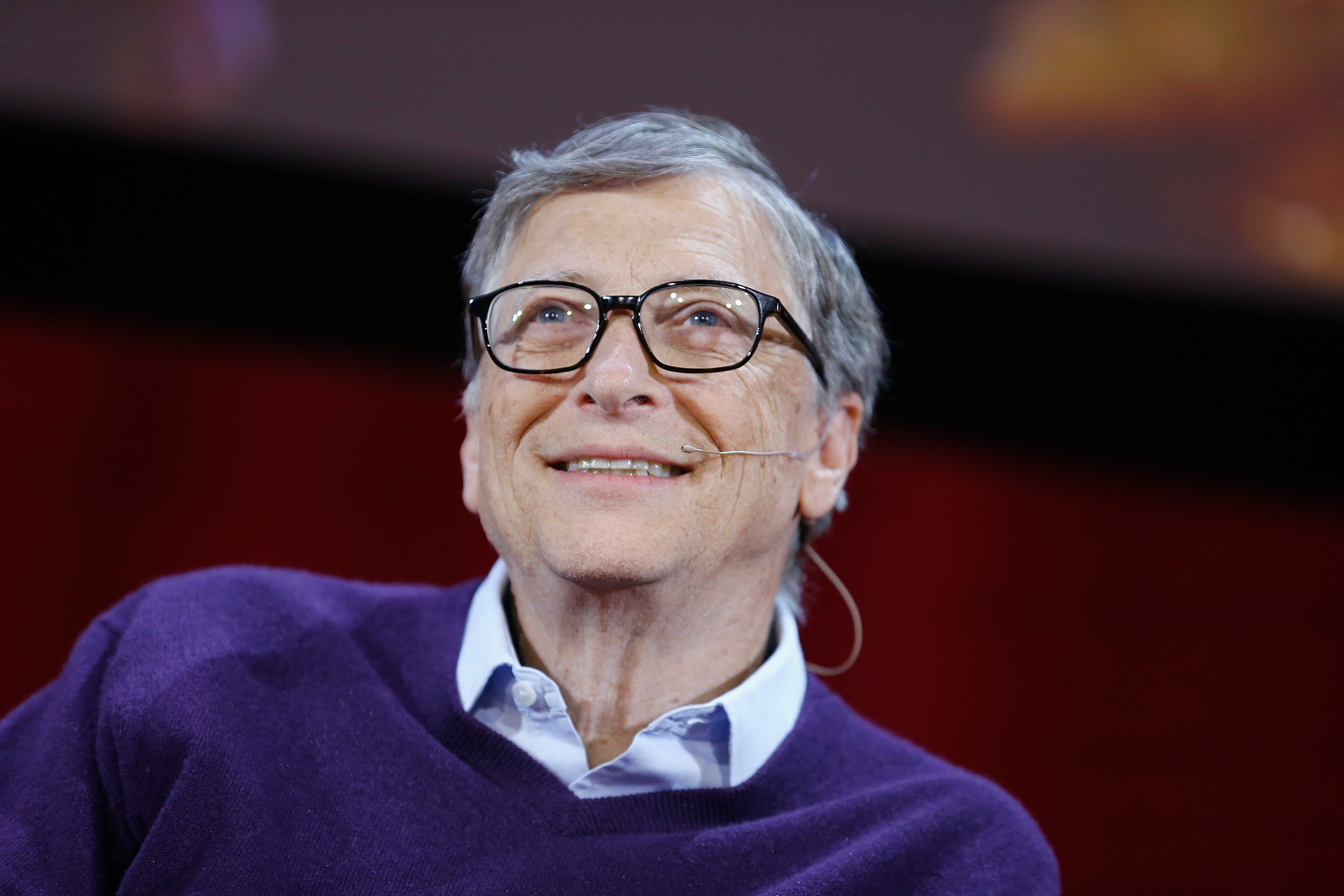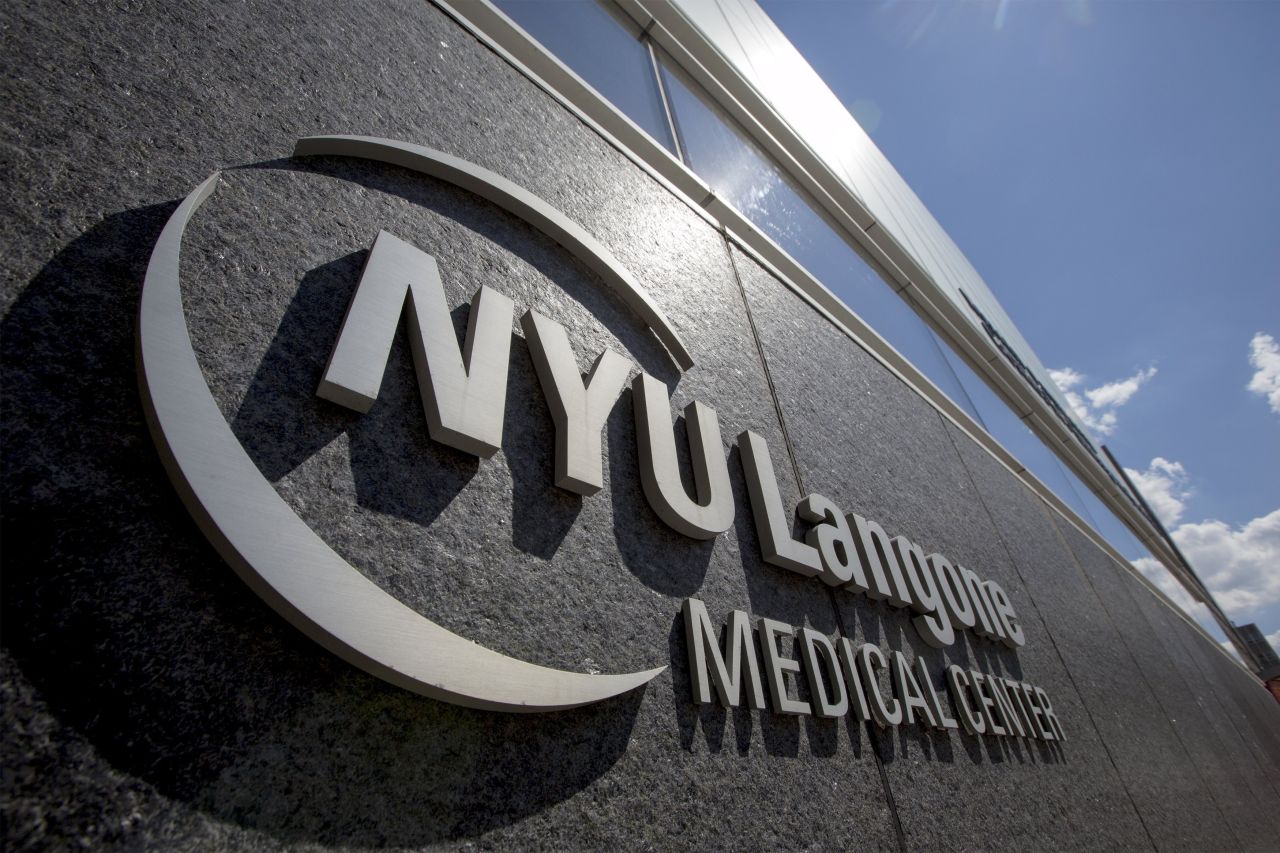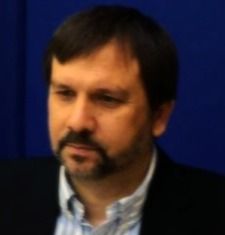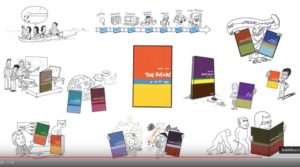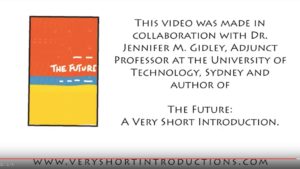: You’ve called Hans Rosling’s Factfulness “one of the most important books I’ve ever read.” What makes it so significant?
Gates: Hans believed the world was making remarkable progress, and he wanted everyone to know about it. Factfulness is his final effort to help people identify areas where things are getting better and spread that improvement. It explains more clearly than almost anything else I’ve read why it’s so difficult for people to perceive progress. He offers clear, actionable advice for how to overcome our innate biases and see the world more factfully. This is one of the most educational books I’ve ever read, and I think everyone can benefit from Hans’ insights.
If the world really is improving at a faster rate than people think, why does it matter whether people have incorrect notions about it?
